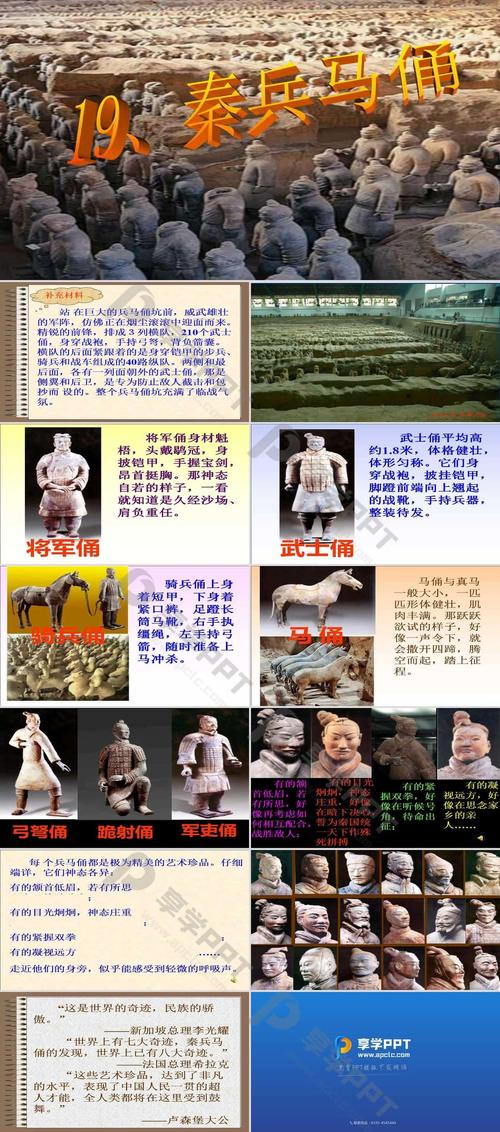
What Does the Terracotta Army Symbolize?
The Terracotta Army stands as a testament to the might and ambition of Qin Shi Huangdi, the first emperor of a unified China. Yet, beyond their imposing presence, these clay warriors embody a deeper significance. They symbolize the connection to the culture and the environment in which they were made, reflecting the beliefs and aspirations of a nascent empire.
A Reflection of Cultural Beliefs
The Terracotta Army offers a profound glimpse into ancient Chinese culture. The meticulous craftsmanship, the unique features of each warrior, and the sheer scale of the project speak volumes about the value placed on:
- Military Prowess: The warriors represent the military might Qin Shi Huangdi sought to project. Their presence served as a deterrent to enemies, both real and imagined.
- Afterlife: The ancient Chinese believed in providing for the emperor in the afterlife, and the Terracotta Army was meant to serve him in the next world, just as a real army would serve him in this one.
- Social Hierarchy: The different ranks and roles depicted within the army, from generals to foot soldiers, reflect the strict social hierarchy of Qin dynasty China.
The Environment's Influence
The Terracotta Army is not merely a cultural artifact but also a product of its environment. The materials used, the techniques employed, and even the location of the mausoleum all point to the influence of the surrounding environment:
- Local Materials: The Terracotta Army was crafted from locally sourced clay, showcasing the abundant natural resources of the region and the skill with which they were utilized.
- Advanced Techniques: The production of the Terracotta Army necessitated advanced pottery techniques. The use of molds for efficiency, the application of glazes for durability, and the firing process to harden the clay demonstrate the high level of craftsmanship present during the Qin dynasty.
- Strategic Location: The location of the mausoleum, strategically placed near the emperor's capital city, Xianyang, emphasizes the interconnectedness of the army with the political landscape.
Symbols of Conquest and Destiny
As Qin Shi Huangdi continued to fulfill his birthright by uniting the warring states, the terracotta warriors signify the conquests that were made in order to achieve his destiny:
- Unification of China: The Terracotta Army embodies the military power used to unify the seven warring states of China under Qin Shi Huangdi's rule. They stand as a lasting symbol of his ambition and the newly forged unity of a nation.
- Imperial Power: The sheer scale of the Terracotta Army served as a potent symbol of the emperor's power and authority. The army was meant to inspire awe and fear, showcasing the might of the newly established Qin dynasty.
Q&A
Q: What was the purpose of the Terracotta Army?
A: The Terracotta Army was intended to accompany the first emperor of China, Qin Shi Huangdi, in the afterlife, serving as his guardians and symbols of his power.
Q: How many warriors are in the Terracotta Army?
A: It is estimated that there are over 8,000 life-sized terracotta figures in the army, including warriors, chariots, horses, and other figures.
Q: Why is the Terracotta Army so significant?
A: The Terracotta Army provides invaluable insights into ancient Chinese culture, military practices, art, and beliefs about the afterlife. It's a unique and awe-inspiring archaeological discovery.